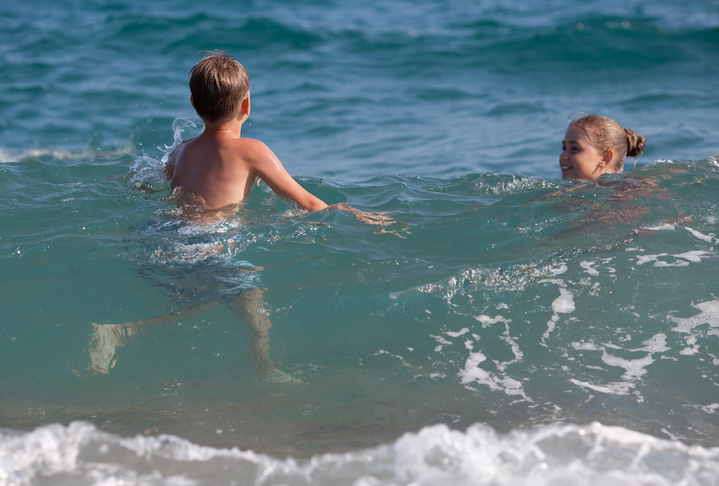Beach and Ocean Water Safety Tips
The ocean is majestic and the beaches are beautiful but beyond that splendor can be hidden dangers you need to be aware of. Knowing these key beach and ocean water safety tips can keep your day of fun in the sun safe and serene.
1. Never swim alone.
2. Keep track of everyone in your party. If possible, have someone be a designated watcher who stays out of the water on the beach and watches everyone in your group for any signs of distress and can alert a lifeguard immediately if anyone is in trouble.
3. Always choose beaches where lifeguards are present.
4. Heed all swim advisories and flag advisories. Swim advisories might be issued after a rainstorm to avoid areas where storm run-off drains are located along the beach. These drain areas transport run-off from the storm, which can contain pollutants and high levels of bacteria from the surrounding area. Flag advisories are color coded and provide important information about conditions in the water. Here’s what the colors mean:
* Green Flag – Calm conditions–swimming is allowed but exercise normal precaution (like the ones in this list)
* Yellow Flag – Conditions present medium level hazard, higher waves and greater likelihood of rip currents–use extra precaution in the water
* Red Flag – Highly hazardous conditions, dangerously high waves, large noticeable rip currents–swimming and surfing not advised, stay out of the water
*Blue or Purple Flag – Dangerous conditions due to marine life, this could include sharks, stingrays, jellyfish, algae and the dangerous Portuguese Man O’ War–stay out of the water
5. Don’t swim near the pier, sandbars, breakwalls or other structures (particularly where people fish). The first reason is because these structures can create their own current that can pull people under the water or pull them out to deeper water. The second and most important reason is because marine life, sharks in particular, hang out in areas where people often fish, such as from the pier, making swimming in that area extremely dangerous.
6. If you hear thunder or see lightning, leave the beach immediately and seek shelter in an enclosed building or a vehicle. Do not seek shelter in picnic shelters or under beach tents or umbrellas as these areas can be attractive to lightning.
7. Always swim sober. Never get into the water if you’ve been drinking alcohol.
8. Know how to break the grip of the rip! Rip currents are fast-moving channels of water moving away from the shore and out to sea/deeper waters. Getting caught in a rip current can easily lead to drowning if you don’t know how to escape it. To escape a rip current, do not swim toward the shore. Instead, swim parallel along the shore until you’re free of the current and then try swimming back to shore. If you are struggling after breaking free of the rip current, wave your hands over your head to alert a lifeguard that you need assistance.
Playing on the beach and in the water is one of the best things about visiting Myrtle Beach. We want your stay with us to be as fun and as safe as possible. Be sure to review these safety tips with everyone in your group or family before you head out to the water.


